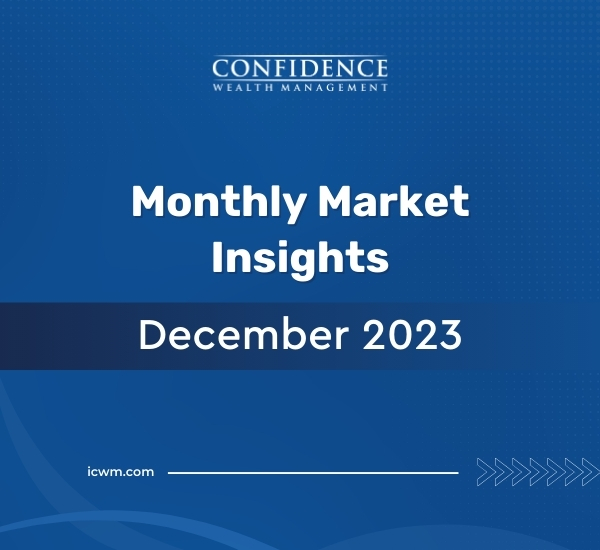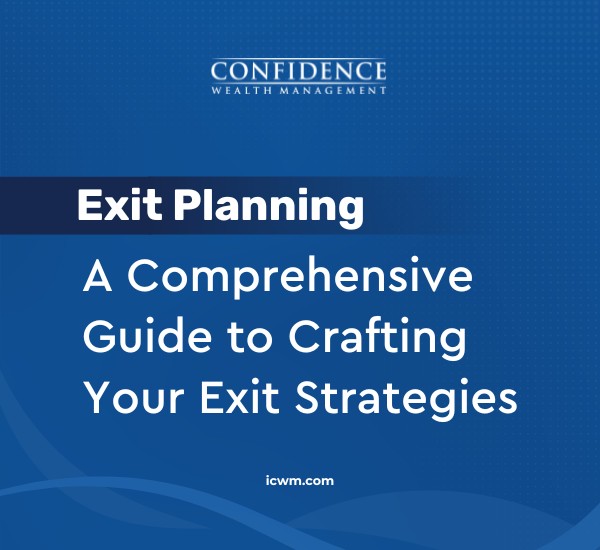I once had a very conservative client whose family convinced him to speak with me. This was someone who would have hidden all his money under his mattress if he could since he didn’t trust banks and didn’t like the idea of putting his money at risk at all.
At that time, putting his money to work in any way was tantamount to putting it on red at the roulette table.
I knew that to get him out of that mindset, I was going to have to start with the basics.
Something as simple as asking, “What is investing?”
Properly understood, it is a carefully planned and thoughtful approach to managing and accumulating money.
In this series, I’m going to go through the investing basics, the same as I did for him, and help you understand why you should invest and how you should think about it.
Why Invest?
1 . To Keep Ahead of Inflation
If you were to try and keep your money under your mattress, you wouldn’t be keeping it safe. You’d be losing it slowly.
Why? Because of inflation.
Inflation has the effect of reducing the purchasing power of your dollars over time. According to the U.S. Department of Labor, the average annual rate of inflation since 1914 has been approximately 3%.
At 3% annual inflation, something that costs $100 today would cost $181 in 20 years.
What this means for all of us is that our money is worth less tomorrow than it is today. The only way to fight that is to invest.
2. To Take Advantage of Compound Interest
Anyone who has a savings account understands the basics of compounding: the funds in your savings account earn interest, and that interest gets added to your account balance; the next time interest is calculated, it’s based on the increased value of your account.
In effect, you earn interest on your interest. Many people, however, don’t fully appreciate the impact that compounded earnings can have, especially over a long period.
3. To Benefit From the Longest Possible Investment Period
The sooner you start investing, the more time your investments have for potential growth. Waiting too long can make it very difficult to catch up.
For example, let’s say you invest $5,000 a year for 30 years. After 30 years, you will have invested a total of $150,000. Yet, assuming your funds grow at exactly 6% each year, because of compounding, you will have over $395,000 after 30 years.
That is the power of putting time and compounding on your side.
In section 2, we’ll go into the nature of investing and what risk means in an investment context.
As experienced financial professionals, we help clients like you figure out the best investment plan for their situation, so that you can put your money to work with peace of mind.
Please connect with us and let us help you plan for your future. We would be delighted to go on the journey with you.










